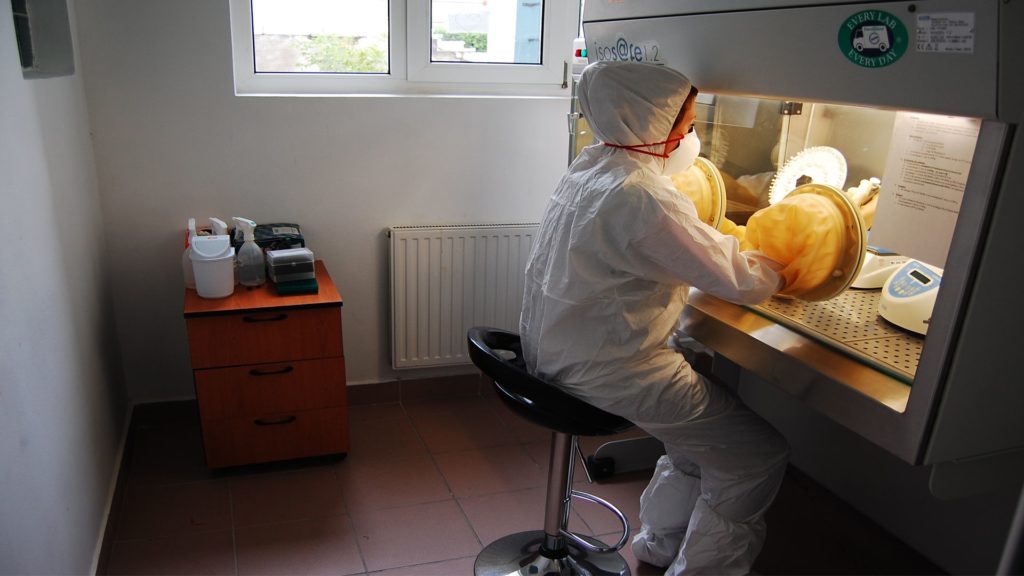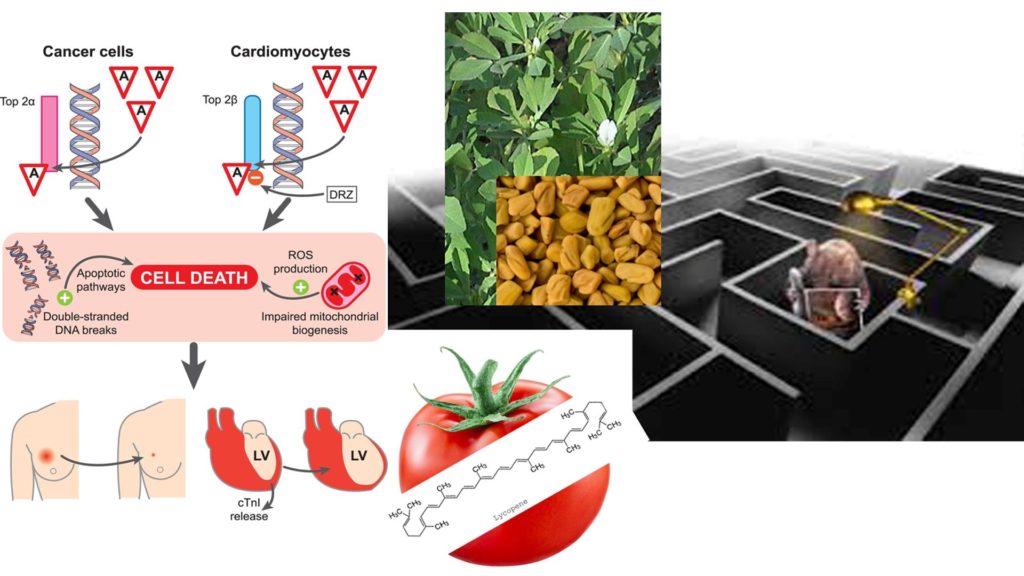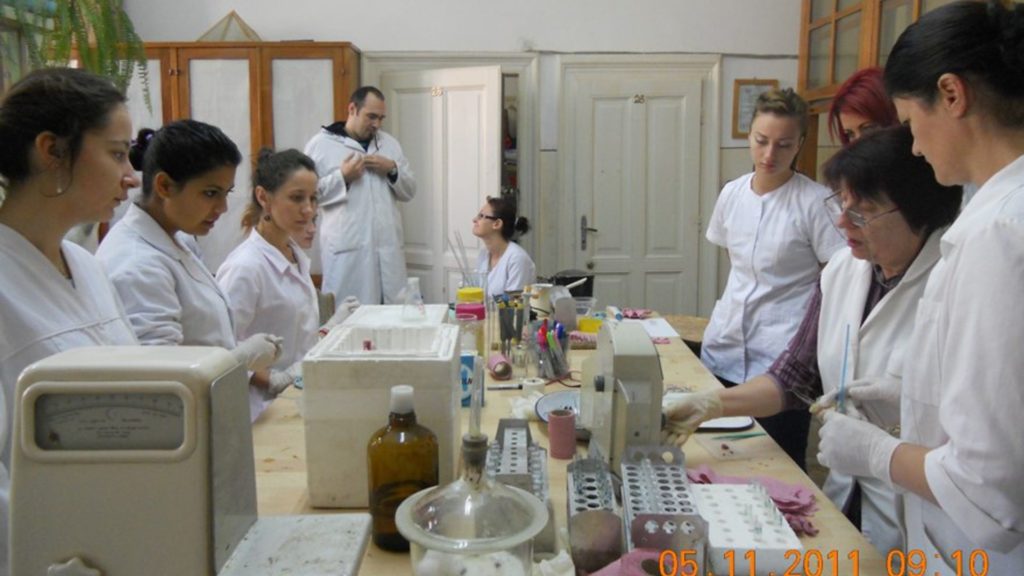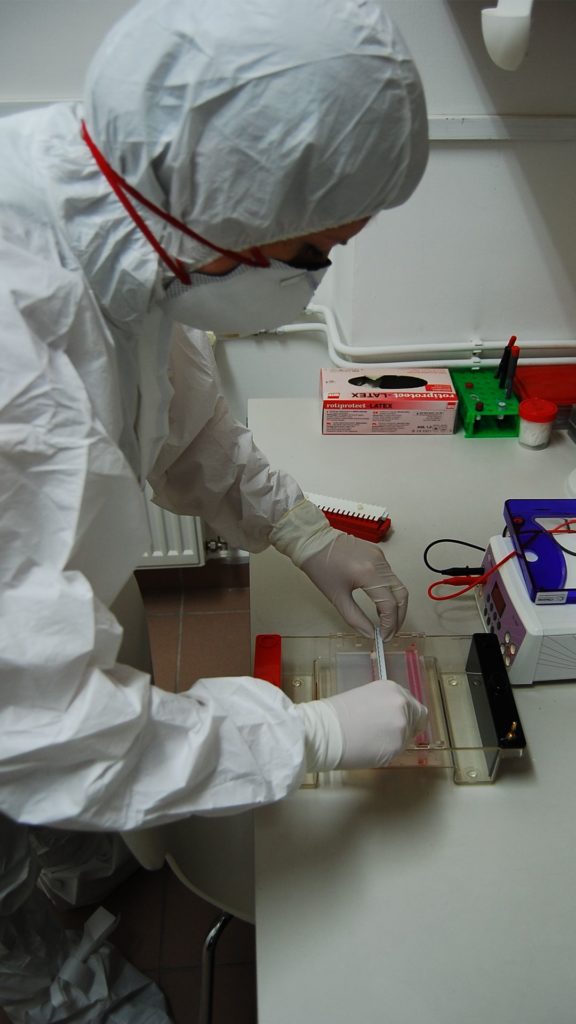Structural and Functional Exploratory Research
Head of laboratory: Lecturer Camelia Lang, PhD
- Animal facility and handling of laboratory animals
The animal facility houses laboratory rats used in animal behavior experiments and in testing various therapeutic plant extracts. Animals are kept in standard zoo hygienic conditions and handled with care, according to the Law no.43/2014, regarding the protection of animals used for scientific purposes. This law is the transposition of the Directive no.63/2010 of the European Council.
- Mammalian cell cultivation and manipulation
The cell culture services include primary cultures of human or animal origin as well as established cell lines. Cells are cultured for use in various bioassays. We are experienced with almost all types of culture formats such as traditional plates, flasks, roller bottles, and spinner vessels.
- Isolated organ perfusion of rodent liver, heart, kidney
The technique of organ perfusion can permit to make controlled concentration changes in the perfusate while observing time course of the organ’s response in term of its uptake or output of one or more substances. The nature of substances produced as a result of biotransformation can be investigated and related to the specific organ, and the role of that organ in converting a substance into a more harmful, less harmful, biochemically inert or useful species can be effectively evaluated.
- Testing of plant extracts on animal models
The objective of our studies is to evaluate and identify naturally occurring bioactive compounds which are rich in antioxidants, hypoglycemic, hypolipidemic and cancer prevention properties.
- Food toxicology
We study toxic effects, in animals, of natural or synthetic chemicals occurring in the human environment with particular emphasis on food, drugs, and chemicals. Current research focuses on understanding the mechanism of toxicity of novel foods, ingredients, additives or contaminants.
- Microscopic identification of animal tissues and organs
The removed organs from the animals treated with different agents are processed in order to obtain microscopic sections, which allow the identification of different normal and pathological tissues.
- Primary physical anthropological analysis of human archaeological remains for museum collections and archaeological dig samples (identification of sex, age at death, pathologies etc.)






